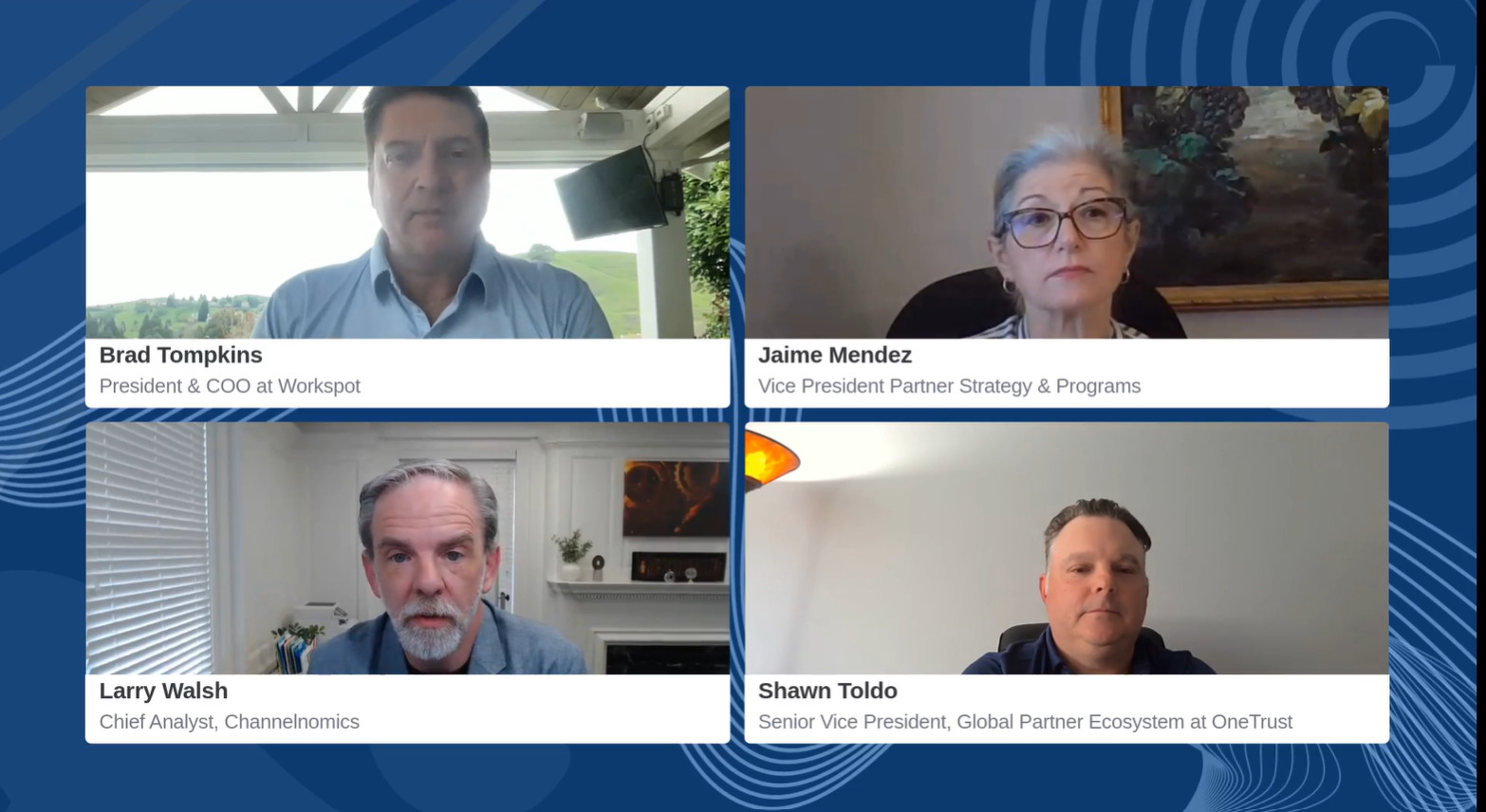Channel influencers hold significant sway over partner perceptions and customer purchasing decisions, making it crucial for vendors to identify these key players and understand their motivations to leverage their influence and drive channel sales effectively.
When you hear the term “influencer,” celebrities like Kim Kardashian, Jay Shetty, Martha Stewart, and/or Charlamagne Tha God might immediately come to mind. However, in the dynamic world of channel ecosystems, various influential individuals are making waves and shaping the business landscape.
These channel influencers are the unsung heroes, wielding their expertise and insights to mold partners’ perceptions of vendors, guide customer purchasing decisions, and pioneer innovative go-to-market strategies. Their opinions carry immense weight within the industry, positioning them as invaluable assets for driving growth and success for both vendors and partners.
But who exactly are these channel influencers, and how can vendors effectively engage with them? Those pressing questions took center stage at the Channel Focus Virtual 2024 conference, where I had the privilege of moderating a panel discussion featuring distinguished channel leaders Brad Tompkins, president and COO of Workspot; Shawn Toldo, SVP of Global Partner Ecosystem at OneTrust; and Jamie Mendez, VP of Partner Strategy and Programs at Pegasystems. Our conversation shed light on the multifaceted nature of influencers and their profound impact on technology purchasing decisions.
A key revelation from the discussion was the significant expansion of the influencer definition in recent years. No longer confined to traditional partners, the term “influencer” now encompasses a wide spectrum of entities that shape the perception and adoption of technology solutions.
Customers, for example, have emerged as powerful influencers, with their experiences, testimonials, and word-of-mouth recommendations heavily swaying the purchasing decisions of other organizations. Tompkins emphasized the importance of leveraging customer success stories and case studies to showcase the tangible benefits of vendor solutions, and the challenges they overcome, thereby building trust and credibility with potential buyers.
Industry analysts and consultants also play a pivotal role, offering valuable insights, benchmark studies, and market assessments that guide organizations’ technology evaluation and selection processes. Toldo stressed the need for vendors to actively engage with these experts, providing accurate information, product demos, and customer references to forge strong relationships and gain valuable exposure and credibility.
In the digital age, bloggers, social media personalities, and online communities have risen as influential voices shaping technology trends and opinions. These influencers command loyal followings and can rapidly disseminate information, reviews, and recommendations about technology solutions. Mendez highlighted the importance of identifying and collaborating with relevant digital influencers in a vendor’s target market to tap into their reach, amplifying their message and generating buzz.
The panel also shed light on the role of seemingly peripheral entities — legal firms, insurance companies, and marketing agencies, for example — as influencers. They can significantly impact technology purchasing decisions through their advisory roles, compliance requirements, and system integration recommendations. By recognizing and engaging with these influencers, vendors can gain a competitive edge and tap into new opportunities.
Given influencers’ diverse natures, tailoring engagement strategies is crucial. Tompkins emphasized understanding each influencer’s unique goals, pain points, and communication preferences, while Toldo highlighted the need for personalized content and messaging. Mendez stressed the importance of building authentic relationships based on mutual value and trust.
The following are five key takeaways from the panel discussion:
-
- Influencers include partners, customers, industry analysts, consultants, bloggers/social media influencers, and even peripheral entities such as legal firms, insurance companies, and marketing agencies.
- Building trust and demonstrating value to influencers is paramount; that involves understanding their business, speaking to their wins, showing commitment, and being genuinely helpful in advancing their goals.
- Influencer programs require purposeful strategy and investment, with ROI justification through cost-benefit analysis and continual communication of wins to maintain buy-in.
- Depending on the mutual benefits, compensation for influencers can include direct payments and/or intangible benefits like access to resources.
- Compliance with anti-bribery and privacy regulations is crucial when building influencer programs, especially in certain geographies, necessitating trusted legal guidance.
As the channel landscape evolves, vendors must embrace a holistic approach to influencer engagement. By expanding their definition of influencers and developing targeted strategies, vendors can harness the power of influence to drive brand awareness, credibility, and, ultimately, sales growth. The insights shared by the panelists at Channel Focus Virtual 2024 serve as a valuable roadmap for navigating the complex world of influencers and leveraging their impact to succeed in the channel.
Larry Walsh is the CEO, chief analyst, and founder of Channelnomics. He’s an expert on the development and execution of channel programs, disruptive sales models, and growth strategies for companies worldwide.




